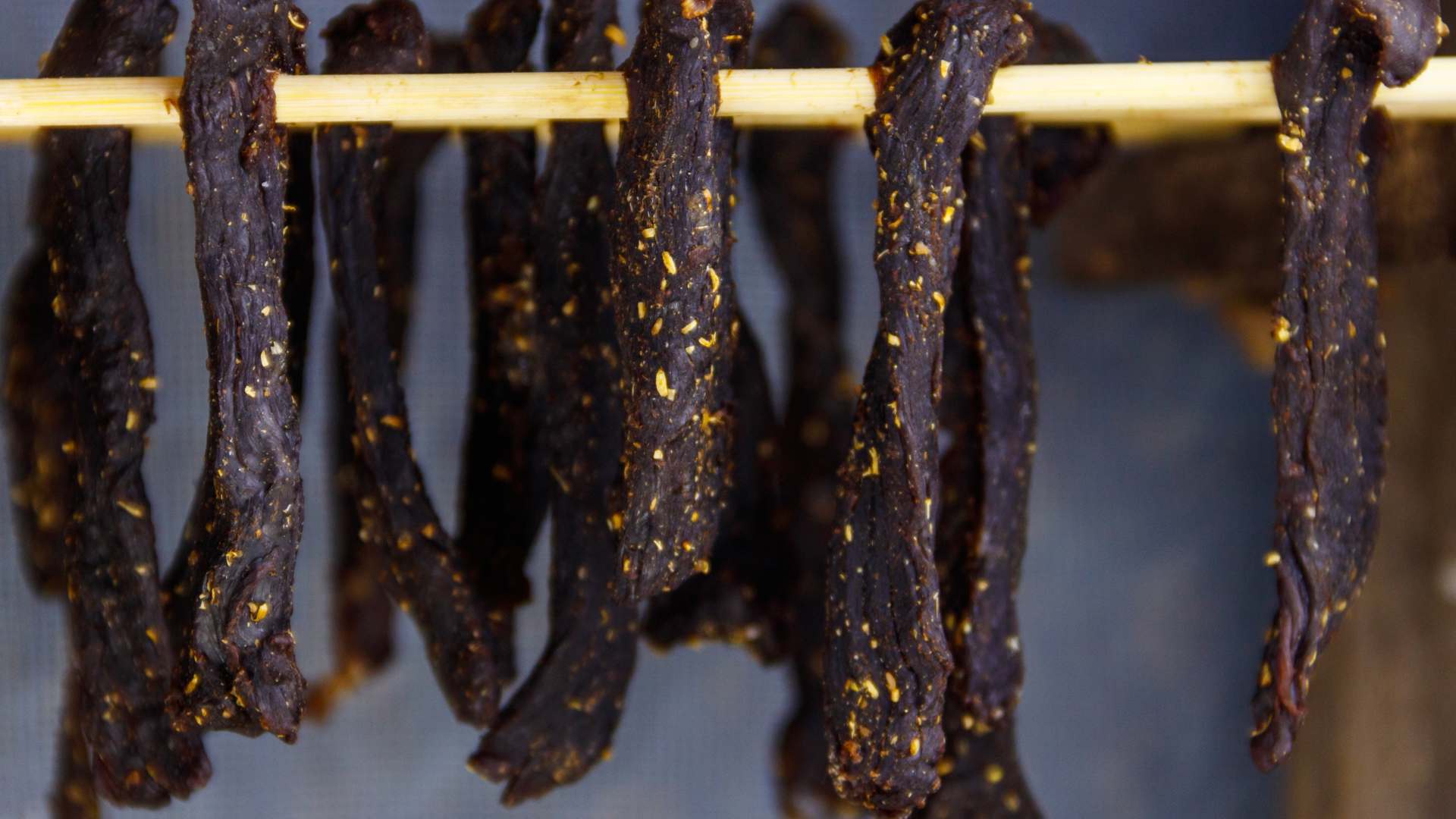
What’s the story: The origins of your favourite South African food
Ever wondered what was the story behind some of your favourite South African food? Here’s a look at where they came from…

South Africa’s culinary landscape is a fantastic fusion of indigenous traditions, colonial influences, and immigrant cultures. Over centuries, various groups brought their recipes and cooking methods, creating a diverse food culture that reflects the country’s rich history. From Dutch settlers to Indian laborers and Malay slaves, each group left its mark on South Africa’s cuisine. Here’s a look at the origins of some iconic South African food and the stories behind them…
1. Biltong
Origin: Dutch settlers
Biltong’s origins date back to the 17th century with the arrival of Dutch settlers. Faced with long journeys across harsh landscapes, the settlers needed a way to preserve meat without refrigeration. They adopted indigenous drying methods but added European curing techniques using vinegar and spices to extend the shelf life. Biltong became a key survival food during the Great Trek and continues to be a beloved South African snack today, symbolizing the resilience of the country’s early settlers.
2. Bunny Chow
Origin: Indian immigrants
Bunny chow is a popular street dish in Durban and an iconic South African food. This dish originated in the Indian community in the early 20th century, when Indian laborers, brought to work on sugarcane plantations, needed a convenient and portable way to eat their curry meals during work breaks. Hollowed-out bread proved to be the perfect solution, replacing traditional utensils and containers. While its name may be a bit misleading (no rabbits), bunny chow represents the ingenuity and resourcefulness of the Indian immigrant community.
3. Bobotie
Origin: Cape Malay influence
Cape Malay slaves, brought to South Africa from Indonesia, Malaysia, and other parts of Southeast Asia during Dutch colonial rule, introduced fragrant spices such as curry, turmeric, and cloves to local dishes. These spices where then combined with minced meat and dried fruit to create Bobotie, which reflects the unique blend of African, Dutch, and Southeast Asian flavours. This South African food, with its sweet and savoury notes, is now a beloved part of South African home cooking.
4. Pap
Origin: Indigenous African communities
The roots of pap lie with South Africa’s indigenous peoples, particularly the Bantu-speaking groups. Before the introduction of maize by Portuguese traders in the 16th century, sorghum was the grain of choice. Over time, maize became the dominant ingredient for pap due to its availability and versatility. Pap is now a South African food staple, often served as a side dish with stews, vegetables, or braaied meat and remains central to many traditional meals, symbolizing sustenance and community.
5. Melktert (Milk Tart)
Origin: Dutch settlers
Melktert, or milk tart, is a creamy dessert that has become a beloved part of South African food culture. It traces its origins to the Dutch settlers who arrived in the Cape in the 1600s. Based on European custard tarts, the dish evolved in South Africa, where the use of locally sourced ingredients like milk from dairy farming became prominent.
6. Koeksisters
Origin: Dutch Settlers and Cape Malay Influence
There are two main types of koeksisters in South Africa. The crisp, twisted version, which is more widely known, originated with Dutch settlers, while the softer, coconut-coated version comes from the Cape Malay tradition. The dish’s name comes from the Dutch word “koekje,” meaning small cake. The Cape Malay version reflects a blend of Dutch and Southeast Asian cooking traditions, creating a delicious pastry enjoyed at tea times or celebrations.